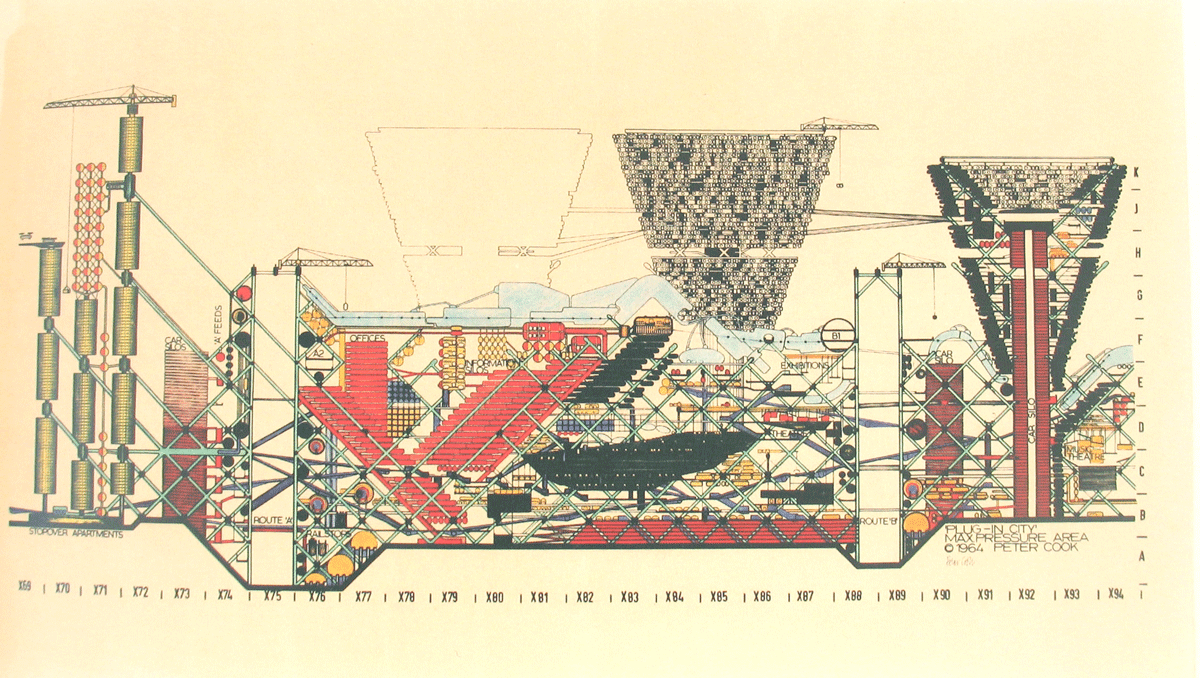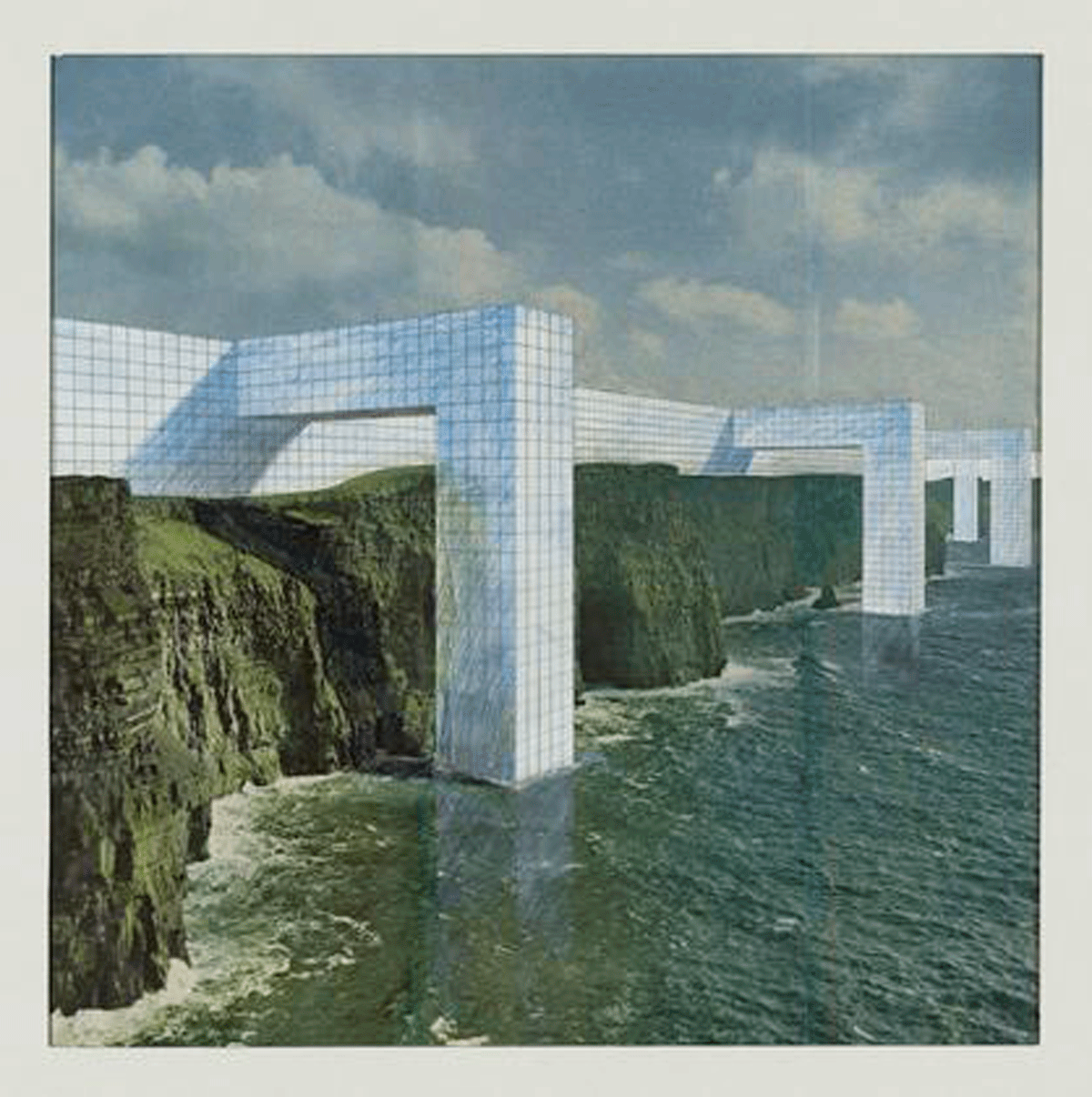The 60’s decade became iconic due to the groups that used to criticize social order, consumerism, and modernism. Hippies, ecologists, and radical designers looked for alternative ways to settle and different social roles, which led to common points of view considered utopic by us today.
In these years, communes proliferated, basing their existence on counterculture and living outside society. Protests against nuclear weapons and some of history’s most sadistic war conflicts had an impact on the way of thinking at the time. In design, these ideas had their greatest expression through collectives, they made projects that invited to reflection and threw away constructive viability.
These groups created flashy proposals through visual tools like collages, comic strips, and videos. The topics of their projects were related to urban matters, like connectivity and the increasing presence of technology. More radical groups openly criticized modern architecture by pointing out social and environmental issues caused by it (Spatial Agency). Half a century in distance allows us to see these proposals as prophecies of our present day and there are even some ideas we can consider.
Archigram
The first issue of Archigram magazine (architecture + telegram) was published in 1961 by Peter Cook, David Greene, and Mike Webb. The following year, Ron Herron, Dennis Crompton, and Warren Chalk joined in. The birth of this partnership led to the production of over 200 projects through 1974, which can be revised today through the Archigram Archival Project of Westminster University.
Plug-In City is a concept developed by Cook between 1962 and 1964, where he points out the expiring date faced by the city’s components. The megastructure is helped by cranes which allow for parts to be taken away and substituted. Elements are arranged in an order where infrastructure and elements with greater permanence are piled up at the center and below. Housing units find it in the upper area and the sides, allowing for things to be taken or added easily. The influence of concepts like growth flexibility through modular structures in Japanese Metabolism are seen later, applied to buildings like Nakagin Capsule Tower, in Tokyo.
 Walking City
Walking City
Walking City was a proposal by Ron Herron, based on nomadism and the need cities have to be able to move from one place to another, according to their inhabitants’ needs. Cities in this utopia are robotic megastructures inspired by NASA buildings from the 60’s. Archigram noticed a social phenomenon, where, thanks to technology, it is not strictly necessary to be tied down to one place, overcoming many of the limits entailed by geographical borders.
 Superstudio
Superstudio
This was a group formed in Florence in 1966 by Adolfo Natalini, Cristiano Toraldo di Francia, Gian Piero Frassinelli, Alessandro Poli, and Roberto and Alessandro Magris. They were considered pioneers of the Italian radical movement for their proposals presented during the “Superarchitettura” exhibition. Monumento Continuo is one of their most famous projects and the one that best sums up the ideas they professed. It emerged as criticism to the damaging effect of construction and demographic expansion in nature and proposes a grid covering the surface of the Earth and democratizing the space. The monument is a 3-D line, occupied by human beings, freeing the rest of the space from interventions. This megastructure is based on the ambiguity of the criticism it got, both social and architectural, allowing for spectators to draw their own conclusions.



